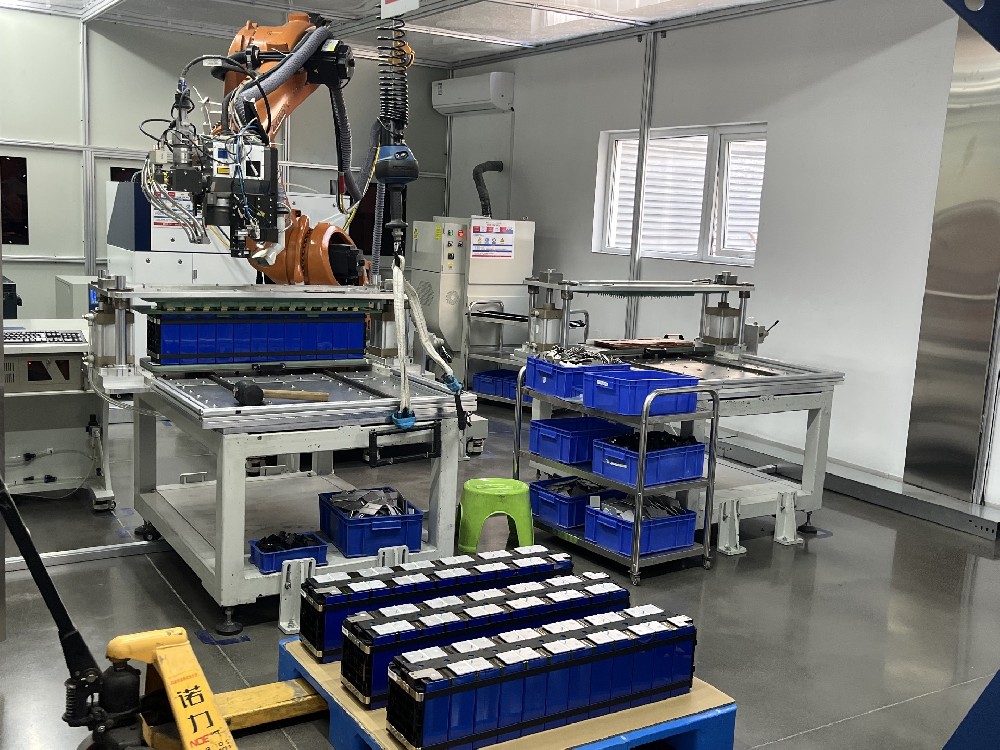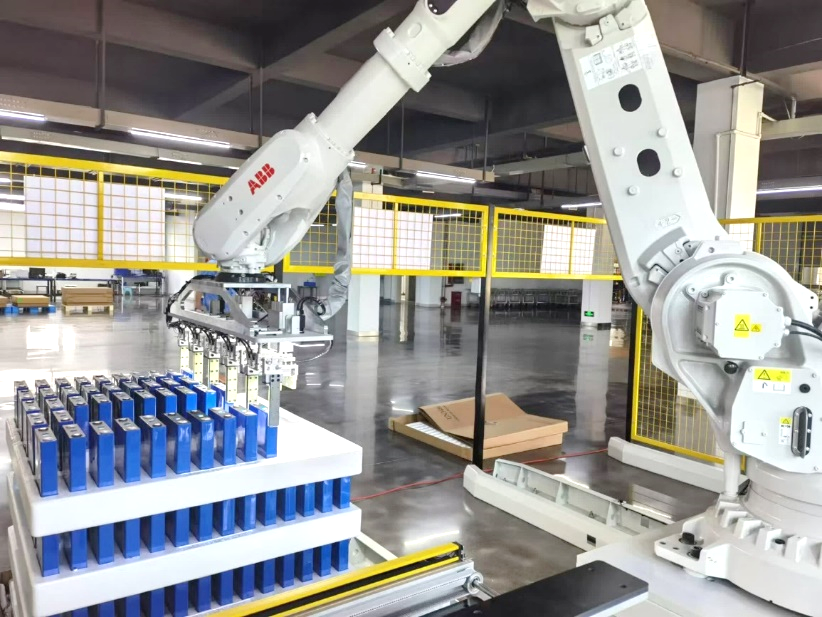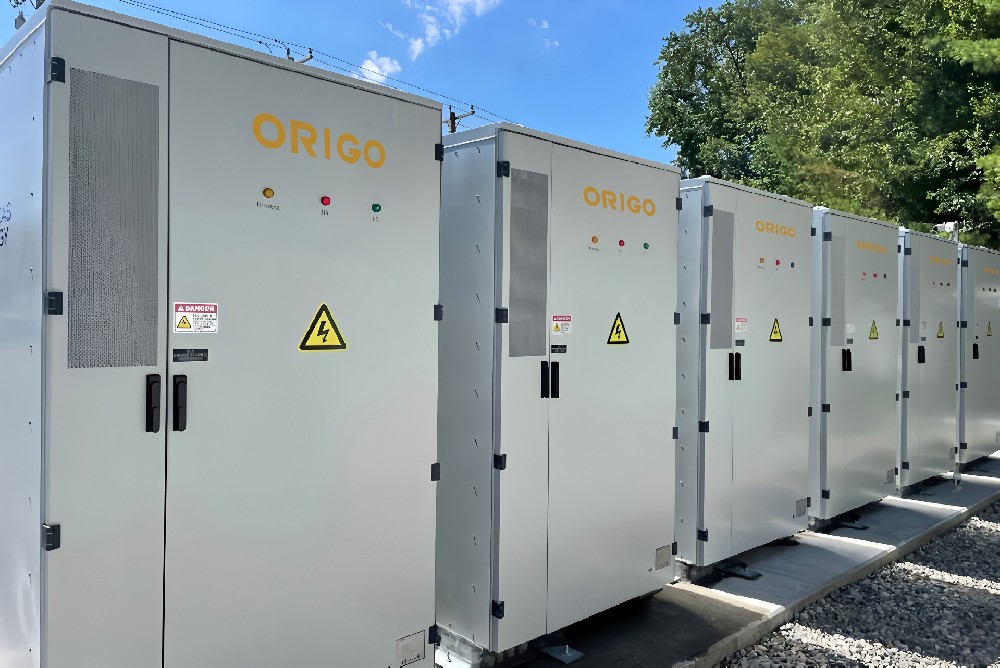Lithium-Ion Battery Care Guide
The power battery management system (BMS) is crucial to the safety and service life of electric vehicle batteries. BMS ensures the efficiency of the battery system by monitoring battery voltage, current, temperature and other parameters in real time. If the BMS fails, it will cause problems such as battery overcharging, overdischarging, overloading, overheating, etc., affecting battery performance and safety.
Common fault types and treatment methods:
1. CAN communication failure
Check whether the CAN line, power line and terminal are detached or damaged. Measure the voltage between CANH and CANL, which should be around 1.5V normally.
2. BMS is not working properly
Check whether the BMS power supply voltage, CAN line, and low-voltage power supply connection are reliable, and whether the connector is withdrawn or damaged.
3. Abnormal voltage acquisition
Check the battery voltage, loose terminals, and fuse damage. If necessary, replace the battery or acquisition line.
4. Abnormal temperature acquisition
Check whether the temperature sensor fails and whether the connector or wiring harness is firmly connected. If the BMS hardware fails, the relevant board needs to be replaced.
5. Insulation failure
Check whether the high-voltage load is leaking, the high-voltage line or connector is damaged, and replace the damaged parts if necessary.
6. Internal total voltage detection failure
Check the connection of the total voltage acquisition line, connector and high-voltage circuit, and replace the parts if there is a problem.
7. Pre-charging failure
Check whether the high-voltage components and pre-charging relays are working properly. If the problem is with the main board or resistor, replace it.
8. Unable to charge
Check whether the CAN communication is normal and whether the charger and main board are faulty. If the charging fuse is damaged, it needs to be replaced.
9. Abnormal current display
Check whether the current acquisition line is connected reliably and whether the terminal is oxidized. If there is a problem, tighten or replace it.
10. High-voltage interlock failure
Check whether the DC/DC fault, the relay terminal is firmly connected, and the main board or adapter board is normal.
Ⅰ. Voltage failure
1. High battery voltage
Cause of failure: ① Acquisition error; ② Poor or failed LMU balancing function; ③ Low cell capacity, and the voltage rises quickly during charging.
Treatment method: ① The displayed value of the single cell voltage is higher than that of the other single cells. Measure the actual voltage value of the single cell for comparison. If the actual value is lower than the displayed value and is the same as the voltage of other single cells, calibrate the LMU single cell voltage with the actual value as the standard; if the measured value is consistent with the displayed value, manually discharge and balance the single cell battery; ② Check whether the voltage sampling line is broken or not; ③ Replace the LMU.
2. Low battery voltage
Causes of failure: ① Acquisition error; ② Poor or failed LMU balancing function; ③ High self-discharge rate of the battery cell; ④ Low battery capacity, and the voltage drops quickly during discharge.
Treatment method: ① The displayed value of the single cell voltage is lower than that of the other single cells. Measure the actual voltage value of the single cell for comparison. If the actual value is higher than the displayed value and is the same as the voltage of other single cells, calibrate the LMU single cell voltage with the actual value as the standard; if the measured value is consistent with the displayed value, manually charge and balance the single cell battery; ② Check whether the voltage sampling line is broken or not; ③ Replace the LMU; ④ Replace the faulty battery pack.
3. Pressure difference
Fault cause: ① The fastening nut connecting the copper plate of the battery is loose; ② There is dirt on the connection surface; ③ The self-discharge rate of the battery cell is large; ④ The copper plate of the battery cell welding connection is open (causing the low capacity of the single cell in this string); ⑤ Some single cells leak.
Handling method: ① Tighten the nut; ② Remove foreign matter on the connection surface; ③ Charge/discharge balance of a single string of batteries; ④ Replace the problematic battery pack.
4. Voltage jump
Fault cause: ① The connection point of the voltage collection line is loose; ② LUM failure.
Handling method: ① Tighten the connection point; ② Replace the LMU.







